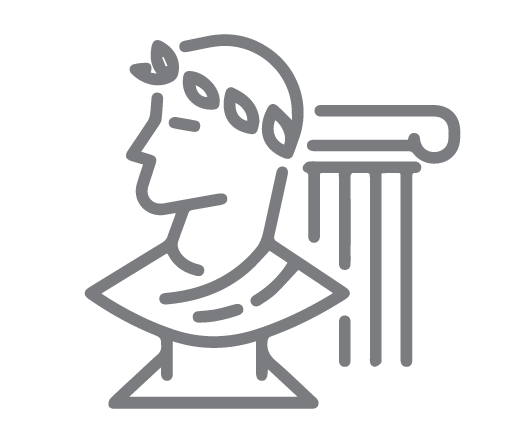INTRODUCTION
Once he blushed that he had not, as yet, found an opportunity to die. A very earnest feeling had come upon him… So muses Henry Fleming, the central figure in Stephen Crane’s “The Red Badge of Courage.” This poignant rumination draws us into the turbulent saga of a young soldier, resonating with 11th graders facing their formative journeys. This paper dissects Crane’s nuanced exploration of courage, contrasts it with traditional war narratives, and seeks to deepen students’ understanding of literature and history through an evocative civil war lens.
LITERARY LANDSCAPE OF COURAGE
What I saw over there changed my mind. I don’t think it would be fun to be shooting at fellers when they didn’t want to be shot at. This dialogue from Crane’s novel contrasts sharply with the glorified accounts of war that students may encounter in history textbooks. Such a statement offers a glimpse into the true horrors of conflict, painting a starkly realistic and personal portrait of battle that challenges conventional narratives.
CONTEXTUALIZING “THE RED BADGE OF COURAGE”
Crane’s perspective as an author detached from the actual battlefields he describes provides fodder for critical examination. An 11th-grade classroom debate could explore whether Crane’s lack of direct experience undermines the authenticity of his depiction or, conversely, whether it allows for a more reflective and less biased contemplation of warfare. This exercise encourages students to appreciate the intricacies of storytelling and historical interpretation.
CHARACTER CONTRAST: HENRY FLEMING AND WILSON
The evolution of Henry and Wilson encapsulates the transformations soldiers undergo, serving as a microcosm of broader war-time changes—from innocence to experience, and from meeting societal expectations to following ones own compass. A powerful classroom discussion could arise from Henry’s deception about his wound: Who among Henry and Wilson acts with greater integrity? This question can lead 11th graders to examine the nature of truth and self-deception as they navigate character development and moral choices.
IMAGERY AND SYMBOLISM: THE RED BADGE
Henry’s yearning for a “red badge” evolves from a naïve wish for a visible mark of courage to a complex symbol intertwined with his internal battles—echoing the transition into adulthood faced by adolescents. Instructors might center a class analysis on this symbolism, challenging students to explore how this motif reflects broader themes of conflict and personal growth.
CONCLUSION
The various components of this paper coalesce to equip 11th graders with a rich appreciation for Crane’s literary artistry and the historical context that colors his portrayal of war. Highlighting the novel’s potential to unlock deeper meanings of courage, conflict, and human nature, we offer a contemplative conclusion on understanding heroism and its ramifications. This paper ultimately inspires students to carry forward the lessons of critical thinking and self-examination into their futures.
This inquiry-based exploration of “The Red Badge of Courage” opens the door for students to apply analytical skills to crucial literary and historical themes, fostering their ongoing development and engagement with the complexities of the world around them.
Recommended Reference Books for the Paper:
- “The Red Badge of Courage” by Stephen Crane.
- The primary source for the paper, offering firsthand insight into the novel’s themes and narrative style.
- “Stephen Crane: A Life of Fire” by Paul Sorrentino.
- A biography that provides context on Crane’s life, influences, and perspective as an author.
- “The Cambridge Companion to American Civil War Literature” edited by Coleman Hutchison.
- Offers a comprehensive overview of Civil War literature, including critical essays on “The Red Badge of Courage.”
- “War and American Popular Culture: A Historical Encyclopedia” edited by M. Paul Holsinger.
- A resource for understanding how war, including the Civil War, has been portrayed in American literature and popular culture.
- “Civil War Stories” by Ambrose Bierce.
- A collection of short stories that offer a different perspective on the Civil War, providing a contrasting view to Crane’s novel and enriching classroom discussion on the topic.
